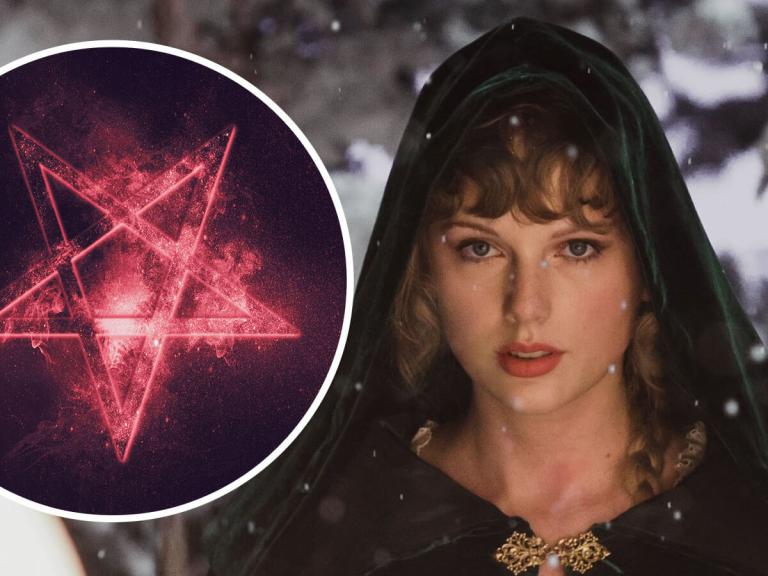
Taylor Swift’s “Willow” music video includes occult worship, a concerning practice being normalized in culture across several media forms. The music video follows Swift as she tries to connect with her lover, but something always gets in their way.
The couple is forced to escape to different periods where they try to connect again. Swift’s first two verse scenes are in a forest and a 1920s bar before the third scene occurs during cult worship around a campfire. The cult worship scene is irrelevant to the song and doesn’t tie into the settings from the previous verses.
Swift observes the occult ritual taking it in for a few minutes before taking her place and joining the dance for the verse’s second half. Afterward, she leaves to travel through time again, still looking for her lover, who she eventually meets up with during the song’s final chorus.
Swift has also done her part to fuel the witchy theories. The singer-songwriter has said the song “sounds like casting a spell to make someone fall in love with you” and has since released several “witch” remixes of “Willow.” Along with the “lonely witch” remix, she posted a photo of herself on social media with the caption, “Witches be like ‘Sometimes I just want to listen to music while pining away/sulking/staring out a window.’ It’s me. I’m witches.”
View this post on Instagram
Ahead of the winter solstice, Swift also released several YouTube videos pairing those remixes with a burning Yule log video. Many witches and pagans burn a Yule log on the winter solstice to brighten the year’s longest night.
Including the witchcraft campfire scene is confusing because it doesn’t necessarily add to the lyrics and has zero relevance. Nonetheless, it’s another worrying example of how pagan worship and witchcraft are becoming normalized and being pushed into pop culture. Swift has continued to link witchcraft to this song during her Eras Tour, wearing ritualistic attire while performing the song and having her backup dancers wear capes.
Including these themes in pop music videos and animated movies is concerning, as the key audiences of these media forms are typically younger. Disney’s “Turning Red,” which includes some forms of ancestral worship, was created for children, and Swift’s fanbase consists of mainly young teenage girls. The ideas in pop culture usually take root in the younger generation, and parents should be concerned about occult worship and witchcraft being normalized in the media their children intake.
The Bible firmly stands against any practice of sorcery or witchcraft, cautioning people who take any interest in them. It’s unsure if Taylor Swift actually practices witchcraft or is using witchcraft to draw more controversy. However, she may be indoctrinating witchcraft into her fans without knowing it.
